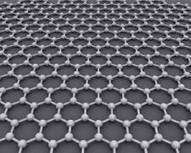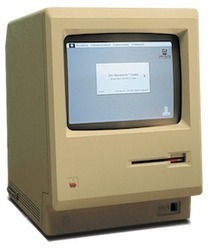TOP500 released an update to its list of the fastest supercomputers in the world, with the U.S. Department of Energy’s Oak Ridge National Laboratory leading the way. In its debut earlier this month, Summit clocked in at 122 petaflops of compute power on High Performance Linpack (HPL), a benchmark used to rank supercomputers ranked on the TOP500 list.
Summit uses more than 27,000 Nvidia graphics processing unit chips (GPU), and five of the seven fastest supercomputers in the world utilize Nvidia GPUs — like the Tesla V100, which first made its debut in May 2017. Summit has already been used to do things like apply machine learning in the search for genetic links between diseases or explore materials that can be used for superconductors.
“When we first started talking about the original Tesla K80 back in 2015, we were only contributing about 11 percent of the list that year, if I add up all the computational horsepower on the top of the list,” Nvidia VP Ian Buck told VentureBeat. “This year, the majority of 56 percent of the computation on the list is coming from GPUs, and this really talks to the adoption of accelerated computing, of using GPUs for solving the kinds of problems and building the kinds of systems that are necessary to advance computing.”
Also new to the list is Sierra. Housed at Lawrence Livermore National Laboratory, Sierra is now ranked the world’s third-fastest supercomputer, with 71 petaflops of compute power.
Both Summit and Sierra were built by IBM and include IBM Power9 CPUs.
The TOP500 updates its ranking of top supercomputers every six months.
The new rankings were announced today at the International Supercomputing Conference being held this week in Frankfurt, Germany.
Also announced today, Nvidia released nine new GPU Cloud computing containers to make it easier to work with deep learning frameworks.
The United States regains the title of owning the word’s fastest supercomputer after years of Chinese dominance.



 Your new post is loading...
Your new post is loading...











Supercomputer battles are not new : yet this "I have more petaflops than you" recent updates hides two interesting facts :
1/ "America First" : America is Back after years of Chinese dominance.
2/ GPUs propel now more than half of Supercomputers including #1
The latter might explain the first fact : while China finally mastered CPU production (and reduced its dependency to Intel and US tech), they need to go back to work in order to switch to GPU design and manufacturing if they want to keep independance.
One last question pending is : where is Europe now than ARM is gone ?